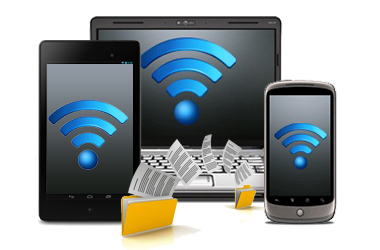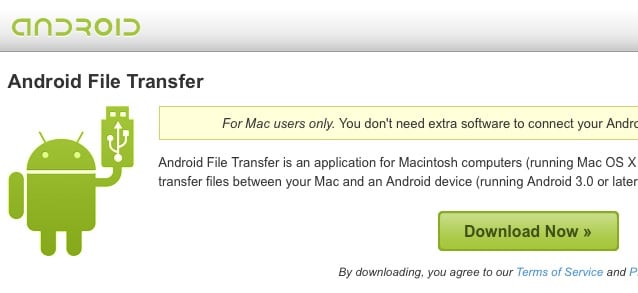

- #Android file transfer windows xp download install#
- #Android file transfer windows xp download portable#
- #Android file transfer windows xp download android#
- #Android file transfer windows xp download Pc#
#Android file transfer windows xp download android#
To use the program, your Mac must be running macOS 10.7 or later, and your Android device must have Android 3.0 or later - something that should pretty much be a given with any reasonably recent Android product.
#Android file transfer windows xp download install#
The main difference is that before things will work, you'll need to download and install an official Google program called Android File Transfer. Got a Mac? The Android file transfer process is a bit more complicated for you - but fear not, for it's still pretty darn easy. Your Android phone's storage looks like any regular hard drive when viewed from a computer. You can now click around and browse folders, drag and drop files between your phone and PC, or manipulate the data in any way you want. Click or double-click that icon, and ta-da! You're staring at your Android phone's internal storage.
#Android file transfer windows xp download portable#
Then look for an icon representing your phone alongside other portable devices and drives.
#Android file transfer windows xp download Pc#



With Windows, things are as simple as can be. Here's what you need to do next, depending on whether you have a Windows, macOS, or Chrome OS system: Android file transfers for Windows computers USB-A, meanwhile, is the traditional connector port you're used to seeing on computers, though more and more models now also offer USB-C.) There's a decent chance that the same cable that connects your phone to its wall charger will work. (Most current Android phones use USB-C, whereas most pre-2016 devices have the older micro-USB standard. In fact, transferring files to or from an Android device is basically no different than plugging an external hard drive into your computer and moving data to or from it.Īll you need is your phone, your computer, and a cable to connect 'em - with micro-USB or USB-C on the phone side and USB-A or USB-C on the computer side, depending on the specifics of your devices. Unlike iPhones, Android devices allow you to access their file systems directly from a desktop, without the need for any cumbersome interfaces or complicated procedures. Your smartphone is a powerful computer in your pocket - and with Android, part of that PC-like muscle means being able to plug your phone into any Windows, Mac, or Chrome OS system and then drag and drop files either way.


 0 kommentar(er)
0 kommentar(er)
